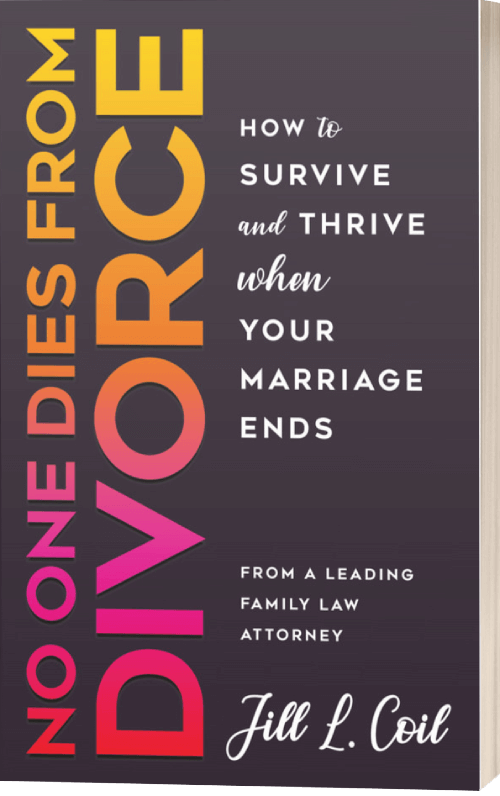A lot of people say “restraining order” thinking that it means one party isn’t legally allowed to interact with the other party. Although that isn’t technically untrue, a restraining order can mean a lot of things. Simply put, a restraining order is simply a court order that prohibits a person from taking a specific action. Saying you have a restraining order against your spouse can mean a lot of things. For example, you may have a restraining order that prohibits your spouse from damaging your property. Or, a restraining order may prohibit your spouse from using the family car. If you’re looking for how to get a restraining order in Utah, you’re going to need to be very specific about what you want your spouse to be restrained from doing.
Restraining Order vs Protective Order
Many times, a person says “restraining order” when they really mean a protective order. A restraining order is a civil order, meaning that you need to go to court to have the order enforced. The remedies for violation of a restraining order are contempt or other civil remedies. A protective order can be enforced by law enforcement. Violating a protective order is a criminal offense and can be prosecuted that way carrying criminal penalties. There are different types of protective orders for many different situations. You can access the forms for a temporary protective order online and you do not need an attorney to do this. If you already have an attorney, they can assist you in this process. However, if you are concerned about your safety, not having an attorney should not stop you from seeking a protective order.
Getting a Protective Order
When you file a request for a protective order the court will review the request and determine if it should issue a temporary protective order. If the judge issues the temporary protective order it will last until there is a hearing to establish whether or not a permanent protective order should be entered. This hearing must occur within 21 days of signing the temporary protective order. If the judge denies the initial request, you can file a Request for Hearing form within five days to request a hearing to present evidence that you should receive a protective order. The hearing may be in front of either a judge or commissioner and is the time for you to make your case as to why the court should issue the protective order. If you have already filed for divorce, you may not need a protective order since a domestic relations injunction may cover a lot of the items a protective order covers. Oftentimes the temporary protective order allows separation and time for the parties to come to an agreement on restraining or other temporary orders in another domestic case (such as a divorce) in lieu of a protective order. “Permanent” protective orders can last up to three years and then be extended.
Domestic Relations Injunctions
Domestic relations injunctions prohibit both parties from harassing, intimidating, or committing domestic violence against the other. The parties are also restrained from speaking poorly of each other in front of the children. These injunctions protect any children in the divorce, and prevent spouses from terminating or modifying certain utilities or accounts. You do not need to file these or petition the court for these; domestic relations injunctions are automatically entered when divorce is filed. They become effective when the parties receive notice of the injunction. If your ex violates the domestic relations injunction, you can go to the court and ask for sanctions. However, unless your spouse has acted in a particularly outrageous manner, the judge will likely not impose sanctions immediately. If the issue continues to occur, your ex may face more serious consequences. If your spouse’s behavior is illegal, the judge may refer the incident to the appropriate law enforcement agency and prosecutor’s office for prosecution. If the additional protections are needed you may file a motion for temporary orders asking the court to supplement the injunctions entered by the court and other relief such as parent-time, temporary possession of property, and payment of ongoing debts.
Resources
If you’re concerned about your physical safety during the divorce process, there are many resources available to you. A lot of people feel as though they’re trapped in an unsafe relationship. However, this is not the case. There are many organizations that are dedicated to helping survivors of domestic violence out of abusive and dangerous situations. Do not wait to get the help you need. Remember, you do not need a lawyer to file for a temporary protective order. You can access the forms online and email them in. If you’re concerned about your safety, reach out for help today.
When You’re Ready to File
If you’re ready to file for divorce, CoilLaw is here for you. Our legal team is dedicated to fighting for your rights and advocating for you through the divorce process. We also handle cases of domestic violence and help clients obtain temporary protective orders and final protective orders.


